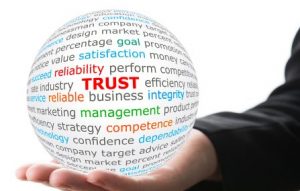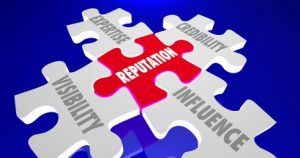
Smart Leaders of Change are Authentic
The most successful companies are led by people who recognize the need for change and manage it well. As I wrote in previous posts, smart

The most successful companies are led by people who recognize the need for change and manage it well. As I wrote in previous posts, smart

Vulnerability sounds like truth and feels like courage. Truth and courage aren’t always comfortable, but they’re never weakness. ~ Brené Brown The greatest leaders I

Are you a positive leader? It’s not just a matter of being “nicer” or more appreciative to people at work. Positive leaders place a higher

I’ve been writing about leading beyond your authority. Ultimately, your success depends on knowing how to influence and inspire others. According to Clay Scroggins, author

True leadership does not rely on authority to influence or guide others, rather, it inspires beyond direct authority. I wrote about this in my last

Do you know any truly humble leaders? Or, more importantly, how to develop humility in leadership? In the classic book Good to Great, Jim Collins

I’ve been exploring what it takes for leaders to become more authentic leaders. According to author Karissa Thacker in The Art of Authenticity (Wiley, 2016),

How do authentic leaders come across as truly credible? For one thing, people don’t believe leaders who exhibit questionable behavior. If a leader shows flexible

An organization’s health is only as sound as its leader’s decisions. Some companies prosper from wise leadership directions, while others struggle after flawed choices—choices that

How a leader responds to adversity reveals how effective that leader truly is. Reactions to setbacks or crises not only test leadership character but define

Business is an active, demanding endeavor. Only those who consistently apply themselves succeed. Organizations that thrive require leaders who actively dream, plan, engage, solve, pursue,

Surveys and studies indicate global job dissatisfaction is at a two-decade high. Disengaged employees account for nearly 70 percent of the workforce, which significantly affects







